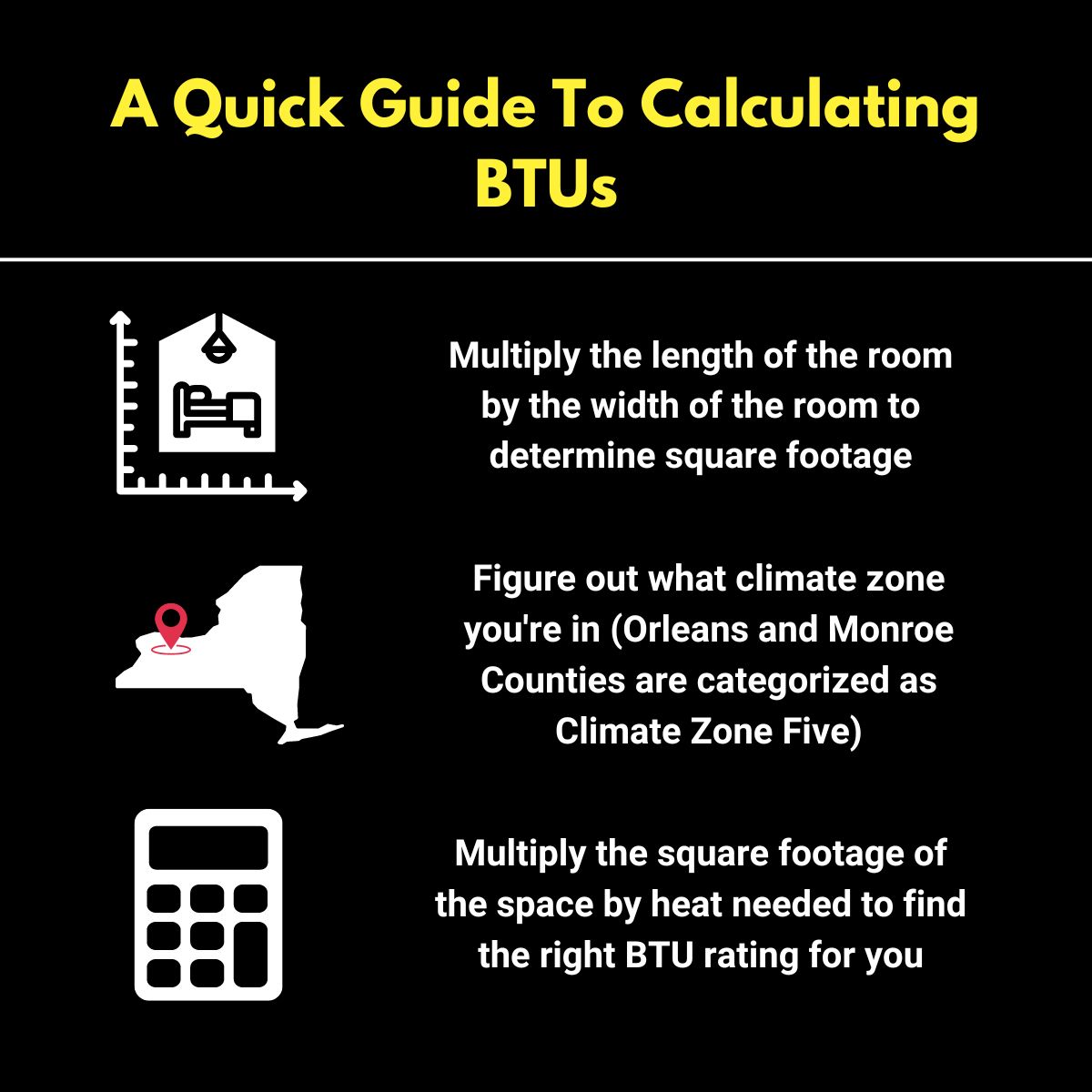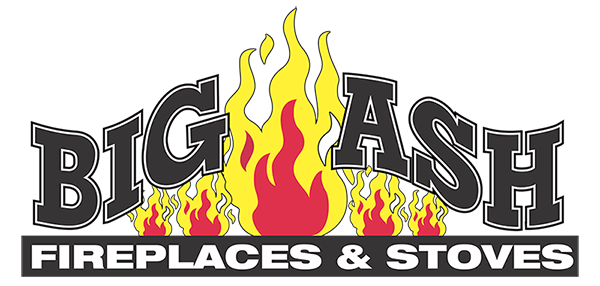Fireplaces have long been viewed as a source of warmth and ambiance…but beyond the beauty of the flickering flames lies a practical question: Is your fireplace actually keeping you warm?
It may not come as too big of a surprise, but there is a science behind how well your fireplace heats your space. The British thermal unit (BTU) is a measurement that tells you just how much heating power your fireplace packs – and it’s the key to unlocking your fireplace’s efficiency.
If your fireplace isn’t putting out heat the way you need it to, it may be a BTU issue or another underlying problem. Contact the team at Big Ash Fireplaces & Stoves for a chimney inspection. Our expert chimney technicians will identify the source of the problem and present a solution to fix it.
Schedule an appointment with Big Ash Fireplaces & Stoves by clicking here or by calling us at 585-638-0300.
What Are BTUs? What Do They Mean for Heating Appliances?
According to the U.S. Energy Information Administration (EIA), the BTU measures the amount of heat that is required to raise the temperature of one pound of water by one degree Fahrenheit. A less science-heavy explanation is that BTUs tell you how much heating or cooling power an appliance has.
Regardless of whether your appliance is wood-burning, gas, or electric, it is rated in BTUs per hour. This rating signifies how much heat your appliance can generate in an hour’s time. Heating appliances that produce higher BTUs per hour will give off more heat – which is ideal for homes in colder climates like New York in winter.
If you’re thinking about installing a fireplace, stove, or insert, calculating the correct amount of BTU’s that is needed to adequately heat the area is just as important as taking measurements to make sure your new appliance will properly fit into the space.
How Do You Calculate BTUs?

There are different methods of calculating BTUs. The simplest BTU formula multiplies the heat needed per square foot. How do you determine that? You need a little bit of information that includes:
- The square footage of the area you intend to heat. Get this by multiplying the length of the room by the width of the room.
- The climate zone you’re in. Climate zones are regions classified based on factors like average temperature, precipitation amount and type, humidity levels, and seasonal variations.
Depending on where you live in New York, you may be in Climate Zone Four or Climate Zone Five. Orleans and Monroe Counties are categorized as climate zone five. The average living room size in the U.S. is about 12 feet wide by 18 feet long, which is roughly 216 square feet. Based on those specifications, a living room in Rochester would need 10,800 to 12,960 BTUs per hour to reach a heat of 70 degrees Fahrenheit during the winter.
What Is the Best BTU Rating for a Fireplace, Stove, or Insert?
There is a standard range of ratings for heating appliances based on the type of fuel, but what is right for your home is predicated on your needs and your intentions with your space.
If you only want to add a heating appliance for aesthetics, but don’t intend to use it much for heat, you may look for an option with a lower BTU rating, so that you’re not regularly overheating an area and needlessly wasting energy.
On the other hand, if you want to install an appliance and you intend to use it as a primary or secondary source of heat, consider the following:
- Wood-burning appliances. The BTU ratings can vary widely depending on factors such as the size of the firebox, the quality of the wood, and the design of the fireplace itself. On average, a wood-burning fireplace can produce anywhere from 20,000 to 100,000 BTUs per hour.
- Gas appliances. Gas fireplaces typically have lower BTU ratings compared to wood-burning fireplaces, ranging from 7,000 to 60,000 BTUs per hour.
- Electric appliances. Although electric fireplaces don’t produce real flames, they can still provide heat. Their BTU ratings tend to be in the lower range at 4,000 to 9,000 BTUs per hour. However, electric fireplaces are very efficient at converting electricity into heat, making them a more suitable option for smaller spaces or areas where a traditional fireplace doesn’t make sense.
Big Ash Fireplace & Stoves Can Help With All of Your Fireplace Needs
Now that you know more about BTUs and how heating appliances work, you can make a fully informed choice as you’re choosing between installing a fireplace, stove, or insert. When you’re ready to move forward in the installation process, reach out to Big Ash Fireplaces & Stoves. Call us today at 585-638-0300 or request an appointment online.

Recent Comments